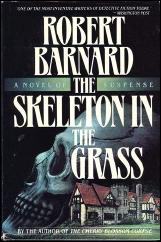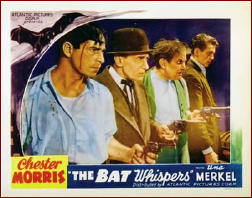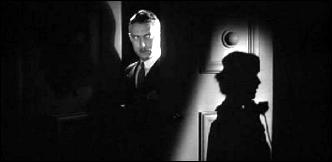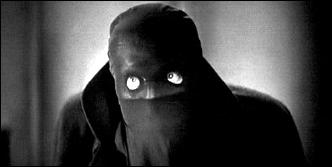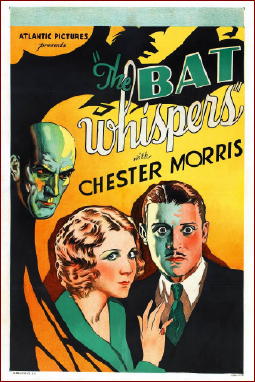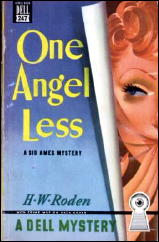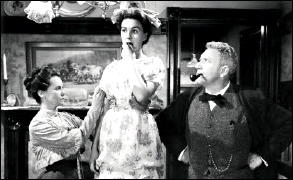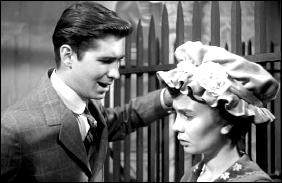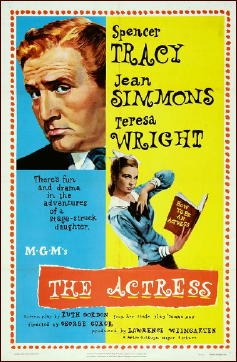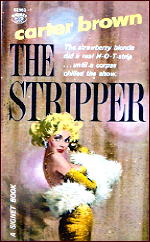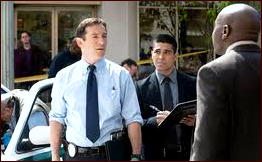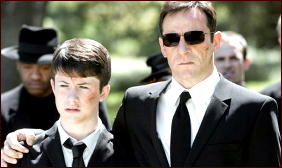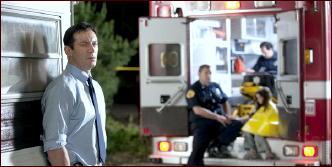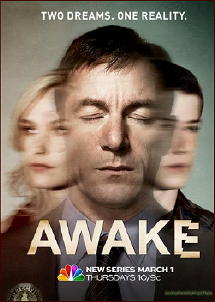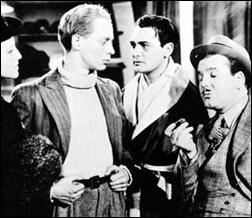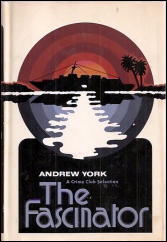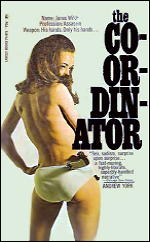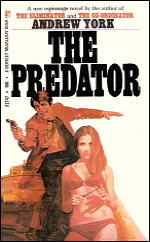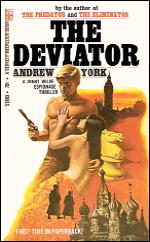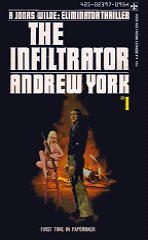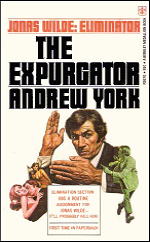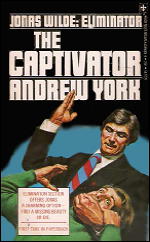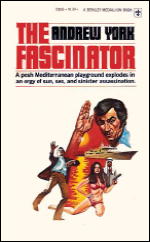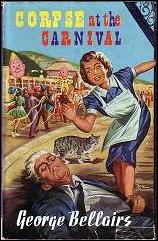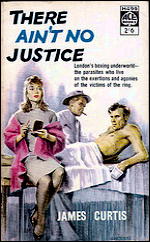
THERE AIN’T NO JUSTICE. Associated British Films, 1939. Jimmy Hanley, Edward Rigby, Mary Clare, Phyllis Stanley, Edward Chapman, Jill Furse, Richard Ainley, Michael Wilding, Nan Hopkins. Screenplay: James Curtis, based on his own novel. Director: Pen Tennyson.
I don’t watch boxing movies, not even if they’re nominated for Oscars or other awards, or even if they win. That has nothing to do with boxing, per se. I don’t watch sports movies of any kind. Well, maybe baseball, but that’s because I like baseball.
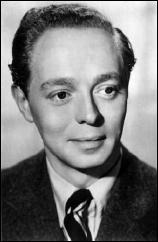
Call it prejudice if you want, but it has nothing to do with sports movies. I don’t read sports fiction either, not even baseball. There’s nothing the screenwriter of a sports movie can make up that can match (ever) the kinds of things that are reported on every day in the sports section of your daily newspaper, the kinds of things that if you read them as fiction, you’d say, Nah, that’d never happen. But they do, and as often as not, they just did.
No matter. Here I am reporting on a boxing movie I saw the other night, and after a slow start, I actually enjoyed it. Surprised me, I tell you that.
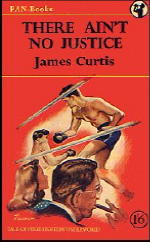
Jimmy Hanley is the star. Later on he became a big name in British TV, or so I’m told, but in 1939 he was still a lad. A good-looking, boy-next-door sort of fellow, maybe not the sharpest guy in the neighborhood, but not the dumbest, either.
In order to win the hand of fair maiden (Jill Furse) he quits his job as an auto mechanic to become a boxer. The money’s better, for one thing, and of course there’s a small bit of fame to go with it, which a cocky young lad wouldn’t mind having, but in 1939, times were tough.
The problem is, well, boxing is a sport not particularly noted for the honesty of the guys running it, and Tommy Mutch’s big mistake is signing up with a promoter as crooked as they come — the kind of guy that gives snakes in the grass a bad name.
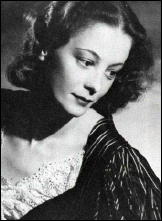
Which is almost, but not quite, all I need to tell you, but I am going to tell you one more thing, and that’s that Tommy’s would-be girl friend sees one boxing match and wants nothing more to do with him nor his new found profession. Even the cockiest guy in the world would find his world upside down, and Tommy is no different from the rest.
Let me insert a word about Jill Furse about here. She’s a frail beauty, a mere wisp of a girl, the kind that some men dream about, not only Tommy. She might have had a long successful career in films, but she didn’t. She appeared a stage play that was telecast by the BBC as a special production in 1938, had a small role in Goodbye, Mr. Chips, also in 1939, this movie, and that was it. She died in 1944 soon after giving birth to her second child. There ain’t no justice, that’s for sure.
In any case, let me end this review by reminding you of the old joke about going to a fight and a hockey game broke out. In There Ain’t No Justice the movies ends with a boxing match in which a fight breaks out. I’ve never seen such a fight, and I’ll bet you haven’t either.
